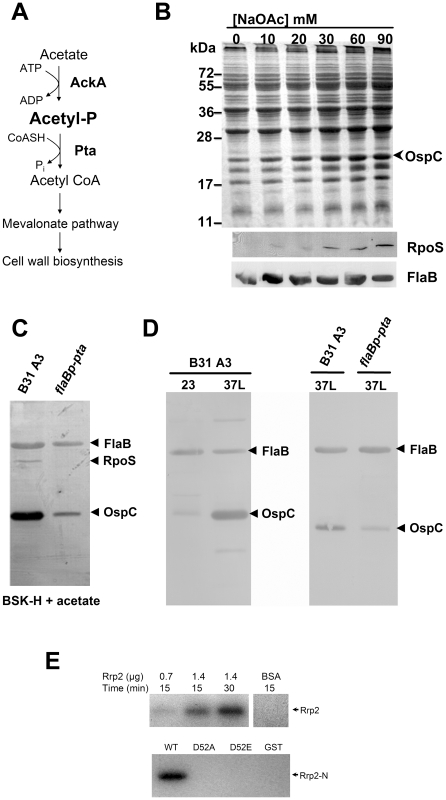Figure 7. Acetyl∼P plays an important role in Rrp2 activation under in vitro cultivation conditions.
(A) Diagram of the ACK-PTA pathway in B. burgdorferi. ack (bb0622) encodes acetate kinase (Ack), which converts acetate to the intermediate acetyl∼P, while pta (bb0589) encodes phosphate acetyltransferase (Pta), which synthesizes acetyl-CoA from acetyl∼P and CoASH [17]. In B. burgdorferi, the Ack-Pta pathway appears to be the sole pathway for biosynthesis of acetyl-CoA, a molecule required for cell membrane biosynthesis (see Results and Discussion for details). (B) Acetate induces activation of the Rrp2-RpoN-RpoS pathway. Wild-type B. burgdorferi strain B31-A3 was cultivated in the BSK-H medium supplemented with 0–90 mM NaOAc with a final media pH value of 7.0. Cells were harvested at the early-logarithmic phase (5×106 spirochetes/ml). Cell lysates were subjected to SDS-PAGE (top panel) or immunoblot (bottom panels) analysis. The bands corresponding to OspC, RpoS and FlaB were labeled on the right. (C) Overexpression of Pta reduces acetate-induced Rrp2 activation. Wild-type B. burgdorferi strain B31 13A (-) or the strain carrying flaBp-pta (+) were cultivated in the BSK-H medium supplemented with 15 mM NaOAc at pH 7. Cells were harvested at the cell density of 5×106 and then subjected to immunoblot analyses with a mixture of antibodies against RpoS, OspC, or FlaB (internal control). The bands corresponding to each protein are indicated on the right. (D) Overexpression of Pta reduces temperature and cell density-induced activation of the Rrp2-RpoN-RpoS pathway. Wild-type B. burgdorferi strain B31 13A (-) or the strain carrying flaBp-pta (+) were cultivated either at 23 or 35°C in the standard BSK-H medium. Cells were harvested at the late-logarithmic growth phase (5×107 spirochetes/ml) and then subjected to immunoblot analyses. (E) In vitro phosphorylation of recombinant Rrp2 by acetyl∼P. Different quantities of purified recombinant Rrp2 or various versions of Rrp2-N were incubated with [32P]acetyl phosphate and the reactions were terminated at 15 or 30 min. The reaction mixtures were separated by SDS-PAGE followed by exposure on Kodak X-ray film.

